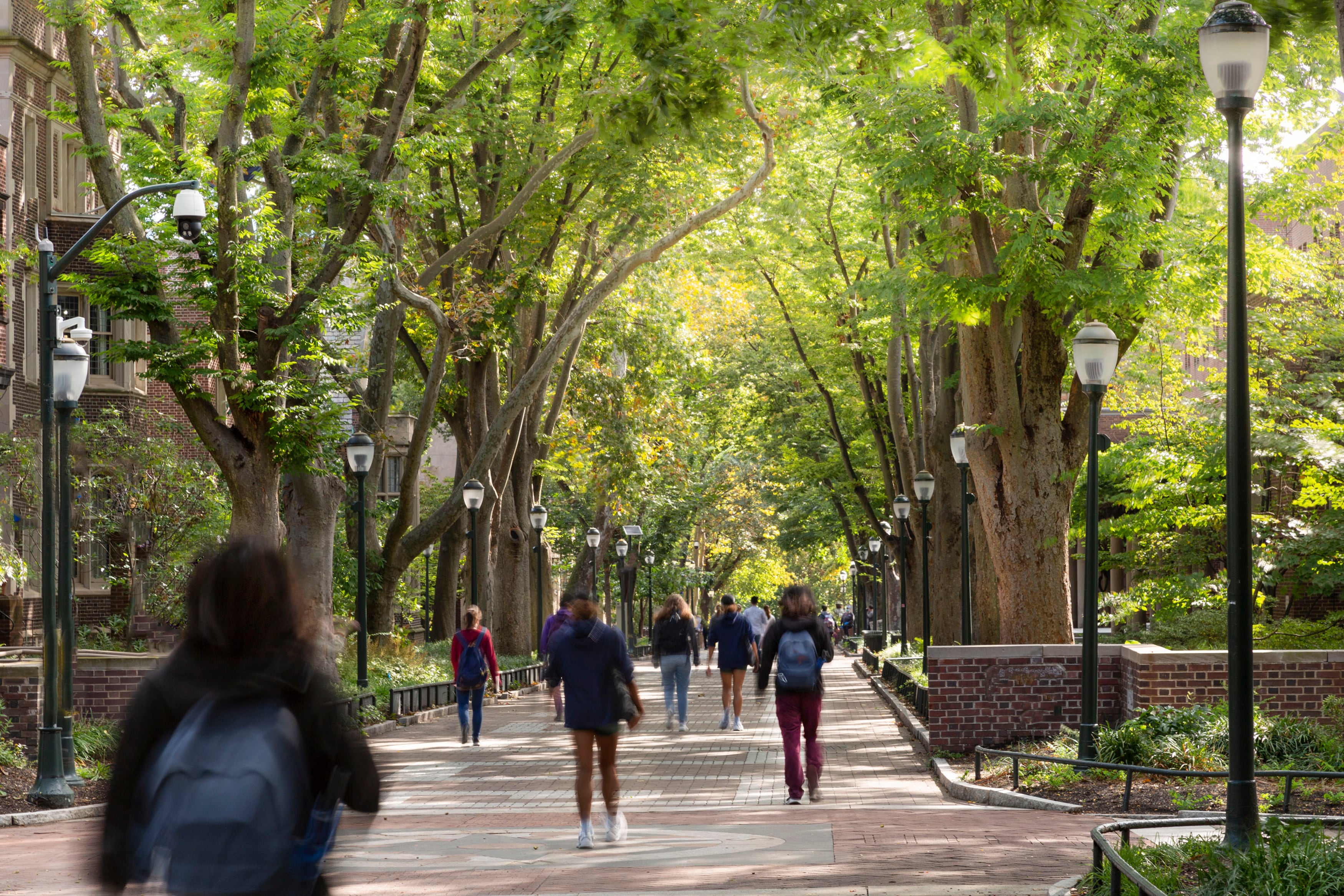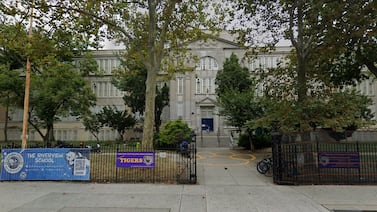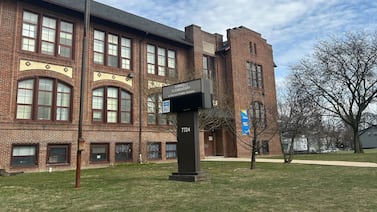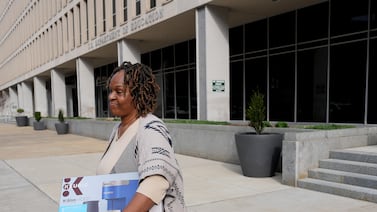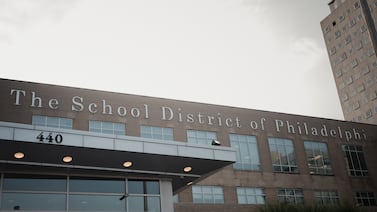Sign up for Chalkbeat Philadelphia’s free newsletter to keep up with the city’s public school system.
New research from the University of Pennsylvania shows that sending billions more to school districts in the Commonwealth will more than pay for itself over time by increasing high school graduation rates and college enrollment levels.
The report backed up an analysis of the state’s Basic Education Funding Commission that recommended an increase of $5.1 billion in state funds, distributed in a way that assures adequate spending for all districts, weighted according to students’ needs. It comes just a few weeks before the June 30 deadline for approving the state budget and its level of education aid.
“We know that high school graduates over their lifetime make far more income than students who disengage and drop out,” said Brooks Bowden, a professor of education policy at Penn’s Graduate School of Education who supervised the research conducted by graduate students David Loeb and Katie Pullom.
High school graduates pay more in taxes and are less likely to need government welfare support or enter the prison system. Bowden said the report’s findings make sense “if you think of education as a public good and a pathway to freedom and a sustainable livelihood” for more students.
The Democratic-controlled House earlier this month passed a budget that includes the $5.1 billion in additional school aid, which also is included in Gov. Josh Shapiro’s proposed budget.
The commission, made up of a bipartisan group of legislators and three representatives of Shapiro’s administration, formed in the wake of Judge Renée Cohn Jubelirer’s Commonwealth Court ruling in February 2023 that the state’s education funding system is unconstitutionally inequitable and inadequate.
The funding commission’s report, compiled after holding hearings across the state, found that 367 of the state’s 500 districts, including Philadelphia, are underfunded compared to their needs. It passed 8-7, with all six of the Republican legislators on the commission opposing its conclusions.
To meet the court mandate and following the commission’s recommendations, the education spending proposal approved by the House would increase basic education aid by $728 million each year through fiscal year 2031. All but five Republicans voted against it, including many in poor rural districts that would benefit from the increased spending.
In a contentious debate right before the vote, Republican legislators questioned the relationship between per-pupil spending and student outcomes and decried the lack of an accountability measure for how the money is spent.
The recent Penn study attempts to provide data to address some of those concerns by looking at the long-term consequences of increased spending on expected student outcomes. The complicated economic research studied educational results in 26 other states that have reformed their school funding systems since 1990, either to meet court mandates or out of concern for adequacy. The study then extrapolated benefits a similar increase would yield in Pennsylvania.
It looked at the impact of increased spending for three cohorts of students – those now in kindergarten, those now in sixth grade, and those now in ninth grade. It found that the benefits were greater for the youngest students, who would see improved teacher and counselor ratios – and therefore smaller classes – throughout their school careers. But the older students would also see gains in outcomes, the report said.
Saying that the estimates “err on the side of caution,” the report concludes that the commission proposal “is a wise investment that would yield quantifiable benefits to Pennsylvania’s students, economy and society that exceed the funding increase.” In calculating the effects of increased spending, it only focused on one-third of students – those most likely to graduate high school if they had better access to teachers, counselors, and other resources routinely available in wealthier districts.
For students entering kindergarten in 2024, adequate spending would increase their high school graduation rate by 4.47 percentage points – translating into an additional 3,800 students receiving a diploma. The college-going rate among the 85,000 students entering kindergarten this year would increase by 4.54 percentage points, or 3,860 students. So while increased costs over the 13 years of their schooling would amount to $4.3 billion, the benefits would exceed $5.1 billion, the report found.
“These educational improvements will translate into societal economic benefits that exceed the costs. The full benefits will likely be far greater,” the researchers wrote.
The report notes, in its analysis of current spending: “Compared to adequately funded districts, underfunded districts have more low-income students, lower staff salaries, and higher student-to-staff ratios. Average total revenue per need-weighted student is $4,600 lower in these districts. The disparities are particularly stark for the 100 most underfunded districts, where total revenue per need-weighted student is $6,000 lower than in adequately funded districts.”
It said that more equitable and adequate spending on K-12 schooling would also help the state’s economy by shoring up the educational workforce through hiring an estimated 18,000 more teachers and increasing teacher salaries in underfunded districts by an average of $7,000 a year. The additional funds would allow most of the underfunded districts – 82% – to provide the same teacher-student and counselor-student ratios as wealthier ones.
“What the evidence shows is that as students receive more high quality schooling over time, their outcomes are better,” said Loeb. While beneficial for students now, it is also beneficial for students in the long run.”
A spokesperson for Senate Republicans did not respond to a request for comment on the report’s findings.
Dale Mezzacappa is a senior writer for Chalkbeat Philadelphia, where she covers K-12 schools and early childhood education in Philadelphia. Contact Dale at dmezzacappa@chalkbeat.org.

